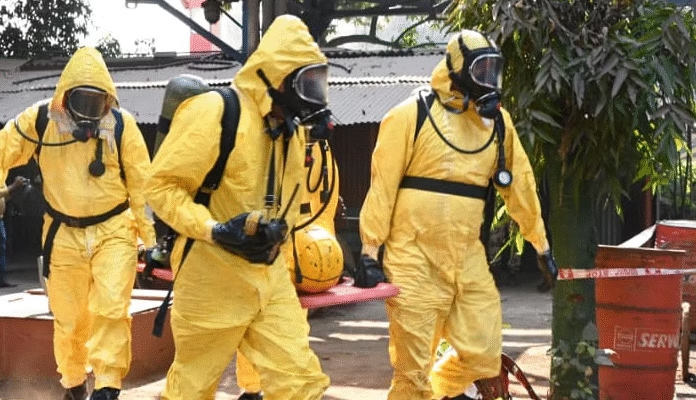
 Desertification and Drought Day was officially declared by the UN General Assembly as “World Day to Combat Desertification and Drought” on 17th June. The World Day to Combat Desertification and Drought – is observed every year to promote public awareness of international efforts to combat desertification. The day is a unique moment to remind everyone that land degradation neutrality is achievable through problem-solving, strong community involvement and co-operation at all levels. The World Day to Combat Desertification has been observed since 1995 to promote public awareness relating to international cooperation to combat desertification and the effects of drought.
Desertification and Drought Day was officially declared by the UN General Assembly as “World Day to Combat Desertification and Drought” on 17th June. The World Day to Combat Desertification and Drought – is observed every year to promote public awareness of international efforts to combat desertification. The day is a unique moment to remind everyone that land degradation neutrality is achievable through problem-solving, strong community involvement and co-operation at all levels. The World Day to Combat Desertification has been observed since 1995 to promote public awareness relating to international cooperation to combat desertification and the effects of drought.
The objectives of Desertification and Drought Day is to promote public awareness of the issue, to let people know that desertification and drought can be effectively tackled, that solutions are possible, and that key tools to this aim lay in strengthened community participation and cooperation at all levels and to strengthen implementation of the United Nations Convention to Combat Desertification in those countries experiencing serious drought and/or desertification.
As population become larger, wealthier and more urban, there is far greater demand for land to provide food, animal feed and fibre for clothing. Meanwhile, the health and productivity of existing arable land is declining, worsened by climate change. Globally, 23 per cent of the land is no longer productive. 75 per cent has been transformed from its natural state, mostly for agriculture. This transformation in land use is happening at a faster rate than at any other time in human history, and has accelerated over the last 50 years.
It is reported that over 70 per cent of natural ecosystems have been transformed. By 2050, this could hit 90 per cent. By 2030, food production will require an additional 300 million hectares of land and the fashion industry is predicted to use 35 per cent more land – over 115 million hectares. Current pressures on land are huge and they are expected to keep on growing. More than 170 countries continue to be affected by desertification, land degradation and drought. Recurring and increasing threats of forest fires, heat waves, massive migration, sudden floods, rising sea levels, and food and water insecurity are more evident.By 2025, 1.8 billion people will experience absolute water scarcity. Also, two thirds of the world will be living under water-stressed conditions. By 2045, some 135 million people across the world may be displaced as a result of desertification.2.6 billion people depend directly on agriculture, but 52 per cent of the land used for agriculture is moderately or severely affected by soil degradation. The 2030 Agenda for Sustainable Development declares that “we are determined to protect the planet from degradation, including through sustainable consumption and production, sustainably managing its natural resources and taking urgent action on climate change, so that it can support the needs of the present and future generations”.
Due to drought and desertification, 12 million hectares are lost each year (23 hectares per minute). Within one year, 20 million tonnes of grain could have been grown.Currently, 13 million hectares of forests are being lost every year, while the persistent degradation of drylands has led to the desertification of 3.6 billion hectares.
The World Day to Combat Desertification is a unique occasion to remind everybody that desertification can be effectively tackled, that solutions are possible, and that key tools to this aim lay in strengthened community participation and co-operation at all levels. Let us focus on inclusive cooperation amongst all stakeholders, ministries, agencies and sectors, to restore and rehabilitate degraded land and contribute towards achieving the overall Sustainable Development Goals.
(Written by Vinod Chandrashekhar Dixit)



